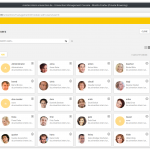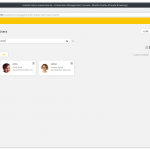User management is at the heart of every UCS Domain. Here you are creating, editing and finally deleting your users. Additional tasks such as name changes and new passwords are also happening here. Thus, let us take a look into the first steps of using UCS for the user management in your domain.
Searching for users
Find the user module in the yellow user category as an entry with the same name. Once you open the menu, you will see all users by default. Scrolling up and down in the list, you can browse the different users.
You can also search for a specific user by entering, among other things, the first name, last name, username or e-mail, also just parts of it, in the search bar. Pressing on the double arrow » next to the search field you open the extended search to scan for other attributes.
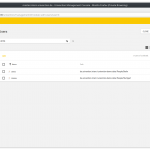
User view
User details can be found in the user view. Just click on an existing user to open. You also get there automatically when creating a new user.
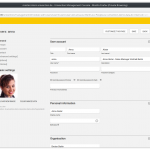
Menu entry “Groups”
The menu entry “Groups” allows you to manage the user’s group membership. We highly recommend that every user is a member of the group “Domain Users”, either as the primary group or in an additional group. Any other group membership can reflect your organization and especially represent complex organizational structures and tasks.
Menu entry “Account”
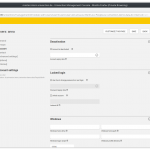
Menu entry “Contact”
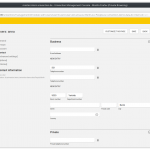
The additional entries in the square brackets are meant for experienced administrators. Please refer to our handbook for more information.
Creating new users
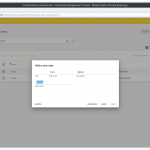
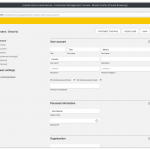
Modifying attributes
Click on a user in the user overview to modify it. Please note: Attributes with a grey overlay cannot be changed. Other characteristics like the e-mail address require the use of a specific syntax. If you do not follow it, the system will warn you.
When saving, the Univention Management Console will check the changes for consistency. If there is a mistake, the UMC will deny saving all changes and give you an error message.
Editing multiple entries
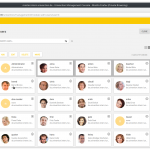
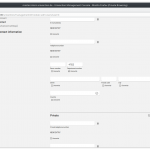
Password changes
In general, the password change is not different from changing any other attribute. However, there are two things to notice:
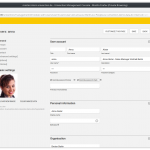

Delete users
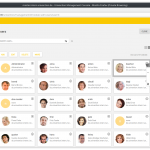
Please note that you cannot quickly undo the deletion process. Each user uses some defining attributes, which are randomized when creating a user. The system thus supposes that even a user with the same username is not equal to the deleted user. So please always make sure that you delete the right user.
Next steps
As demonstrated, the first steps in user administration with UCS are quick and easy. UCS, however, has many more options to manage users. The next articles in this series will thus look at managing user groups and at how to create users with templates.
For further questions, please leave a comment or contact us directly.

